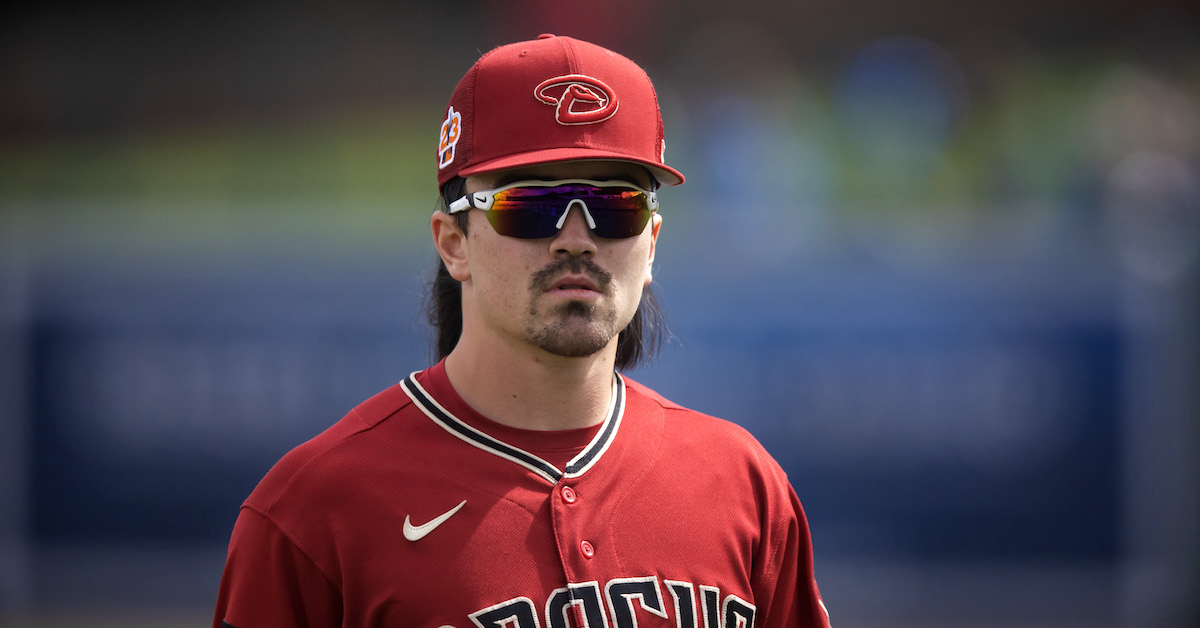Why I Love the WBC

I found myself speechless on Friday afternoon. I was partaking in one of my favorite yearly rituals, watching the first round of the NCAA tournament at a sports bar. Something about the atmosphere calls to me — masses of strangers on the edges of their barstools, captivated by the energy of do-or-die games between wildly mismatched teams. As it happened, the bar I picked was a Purdue bar, and the mood slowly soured as the Boilermakers struggled with and ultimately fell to tiny Fairleigh Dickinson, one of the greatest upsets in the history of the tournament.
That game got me thinking about why I love the World Baseball Classic so much. It’s a newfound love of mine. The last time the WBC was held, in 2017, I paid exactly as much attention to it as my work required; given that my job was to try to make money trading interest rates, that worked out to exactly zero. I vaguely knew that the United States won, but even as a baseball fan, it didn’t really grab me. I liked the Cardinals, not Team USA, and it felt like a weird time of year for competitive baseball.
Having watched most of this year’s games, I’m sad I wasn’t watching before. The WBC is like nothing else in professional baseball, a chaotic and exciting mashup of national identity and high tension, often between teams that have no business being on the same field as each other.
Major league baseball is, by design, a slog. No individual game matters all that much because there are so many of them. If you’re a player, you can’t get too high or too low, even if you really want to. The Pirates and the Dodgers are a big mismatch, but even if the Pirates beat the odds and win a game, that game almost doesn’t matter. They’ll play again the next day, and then the next day, and then grind through a whole year’s worth of games. Read the rest of this entry »






